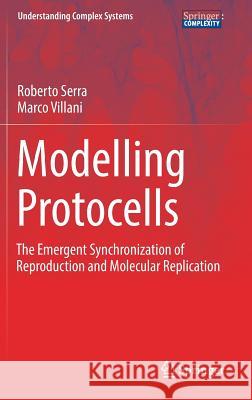Modelling Protocells: The Emergent Synchronization of Reproduction and Molecular Replication » książka
topmenu
Modelling Protocells: The Emergent Synchronization of Reproduction and Molecular Replication
ISBN-13: 9789402411584 / Angielski / Twarda / 2017 / 182 str.
Modelling Protocells: The Emergent Synchronization of Reproduction and Molecular Replication
ISBN-13: 9789402411584 / Angielski / Twarda / 2017 / 182 str.
cena 308,41 zł
(netto: 293,72 VAT: 5%)
Najniższa cena z 30 dni: 306,26 zł
(netto: 293,72 VAT: 5%)
Najniższa cena z 30 dni: 306,26 zł
Termin realizacji zamówienia:
ok. 20 dni roboczych.
ok. 20 dni roboczych.
Darmowa dostawa!
Kategorie BISAC:
Wydawca:
Springer
Seria wydawnicza:
Język:
Angielski
ISBN-13:
9789402411584
Rok wydania:
2017
Wydanie:
2017
Numer serii:
000307910
Ilość stron:
182
Waga:
0.45 kg
Wymiary:
23.39 x 15.6 x 1.27
Oprawa:
Twarda
Wolumenów:
01
Dodatkowe informacje:
Wydanie ilustrowane











